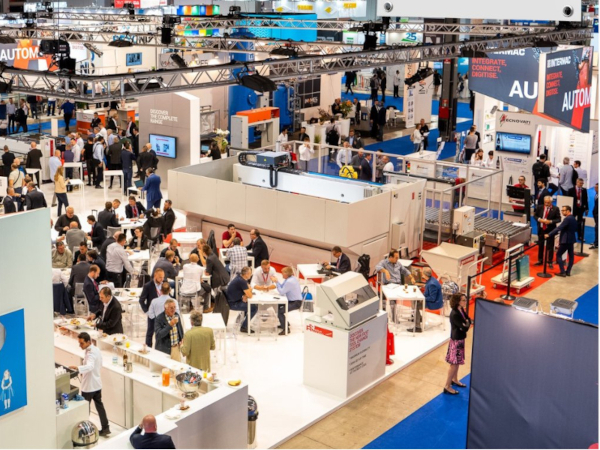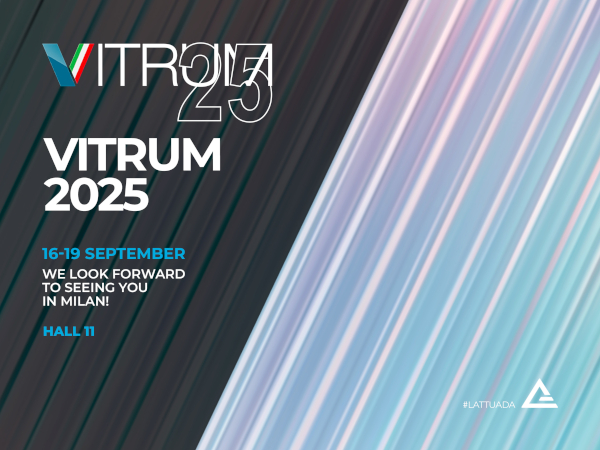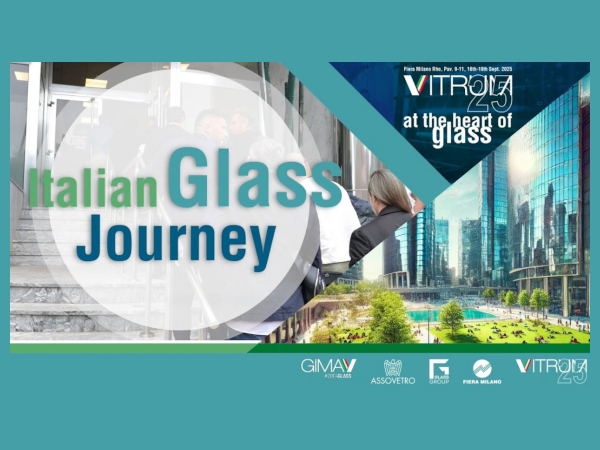Date: 21 October 2013
Let's start with the first, a theme that may seem unrelated to glass but in reality goes hand in hand with it. The Mecha-Tronika show of industrial robotics, automation, control systems and the so-called embedded electronics (inner components of industrial machinery) will be held in Pavilion 15 at the same time as Vitrum. It will feature systems and technology for the optimization and management of production machinery, systems and manufacturing processes. These solutions are crucial to ensure efficiency and flexibility of manufacturing. The symbiosis of electronic and information technology applied to mechanical and mechatronic devices allows to optimize each automated cycle, manage logistics, simulate production and assess the results of any machining operation, monitor the supply chain and its quality, improve sustainability and manufacturing standards. These factors ultimately determine the company's performance and hence its ability to compete. In an effort to facilitate access to the exposition spaces, Vitrum and Mecha-Tronika visitors will be able to register on-line in advance for either show and attend both.
.jpg)
Pavilion 22 of the Vitrum expo will feature an area dedicated to EGO (European Gravitational Observatory). The Consortium was founded by INFN (Italian National Institute of Nuclear Physics) and CNRS (French National Scientific Research Center) to conduct long-term scientific research at the Virgo interferometer located in the countryside near Pisa. With its 3 km long "arms", Virgo is expected to reveal for the first time the "gravitational waves" predicted by Einstein a century ago. These waves, emitted by supernovas and black holes, are used to study the unknown aspects of our universe.
.jpg)
Virgo reveals the otherwise imperceptible deformations of the space-time binomial produced by the passage of gravitational waves by using laser light beams interference to measure distance variations between specular testing masses (mirrors) placed three km apart. The laser beams are propagated through two ultra high vacuum tubes, while the testing masses (the mirrors) hang from a gigantic chain of suspended seismic filters in ten meters high vacuum chambers. One of these synthetic quartz mirrors, a disc measuring 35 cm in diameter and 20 cm thick, will be in a large display case together with all the information necessary to understand the secrets of this little known scientific research field.
.jpg)
Even culture will have a space of its own: Vitrum will host the Comitato Nazionale Italiano AIHV, the National organization for the promotion of glass history and education. The picture is of Giuseppina Malfatti, President of the Comitato.
The culture of glass will be featured by the Comitato Nazionale Italiano AIHV (Italian National Chapter of the International Association for the History of Glass -Association International pour l’Histoire du Verre), an international association dedicated to the study and promotion of all glass-related fields, from archeology to design, research, artistic production as well as the technological and historical-economic aspects of glass making.
Founded in 1978 by Astone Gasparetto in Venice, the Comitato operates across the Italian National territory and serves as a gathering point for archeologists, art historians, scholars of glass making techniques, glass craftsmen, industrial manufacturers and glass enthusiasts. Since 1995 the Comitato has organized the Giornate Nazionali di Studio sul vetro (National Glass Study Days), which has become a customary appointment for glass scholars in Italy. The Comitato will provide visitors with publications of its own and the calendar of cultural activities scheduled to promote and raise awareness of the history of glass.







Add new comment